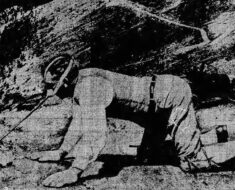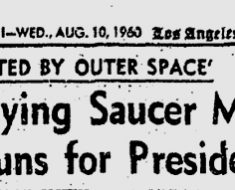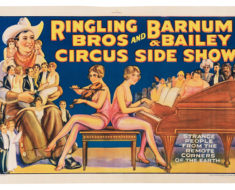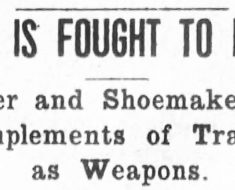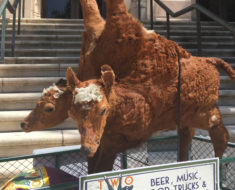Ever since Photoshop, anyone with a computer and a few skills can manipulate photos however they’d like, from painting out pimples to swapping heads. But such creativity with photography is nearly as old as the medium itself. By playing with the development process, early photographers invented a number of tricks, like headless portraits.
Paving the way for these morbid photos was Oscar Rejlander. The Swedish-born artist began his career as a painter, but found an affinity for photography in 1853. As Mia Fineman describes in Faking It: Manipulated Photography Before Photoshop, Rejlander “sought to apply the lessons he had absorbed from the old masters to the new art of photography—a grandiose endeavor that culminated in his controversial submission to the Manchester exhibition, The Two Ways of Life.”
Rejlander’s allegorical creation featured a man being led to either a life of vice or virtue and required more than thirty composited negatives and six weeks to complete.
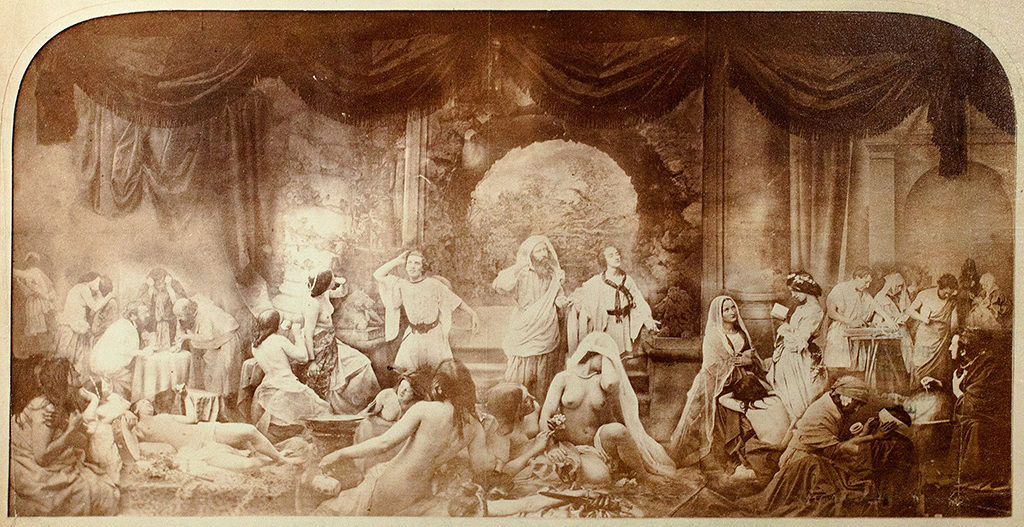
Oscar Rejlander’s “Two Ways of Life” (1857).
Fun with compositing soon led Victorian photographers to simpler endeavors, like the removal of heads. These heads could be held by their bodies or even served as meals. The technique was eventually applied to film too, when Georges Méliès took his head off several times in his brilliant 1898 silent picture, Un Homme de tête (The Four Troublesome Heads). Scroll down to watch it—it’s one minute long and will be the most entertaining minute of your day.
Today, cabinet cards of headless photos can fetch a lot of money. A recent image of a clown holding his head auctioned by Potter & Potter Auctions went for $1,200.
Finding originals may be as tough as finding the cash to buy them, but for now, you can at least enjoy these public domain masterpieces below.
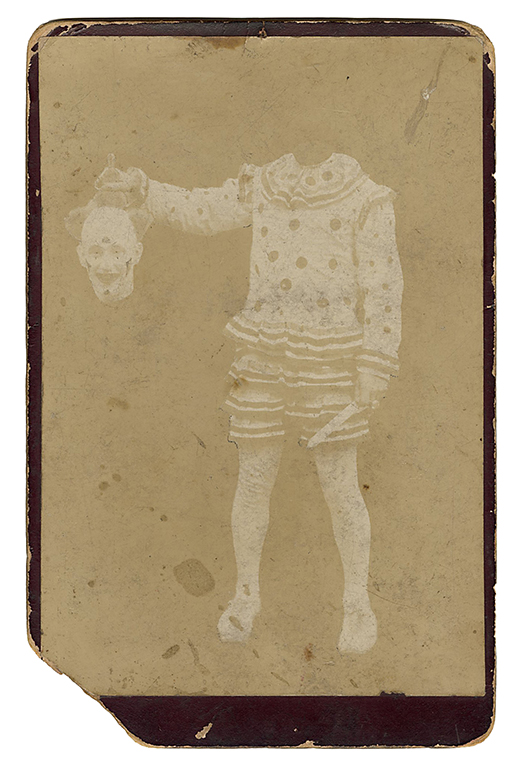
Headless Clown Cabinet Card Photograph. Circa 1880s. Photo courtesy of Potter & Potter Auctions.
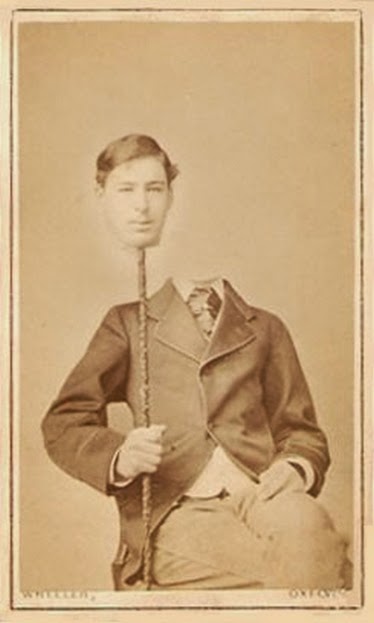
William Henry Wheeler of High Street, Oxford, circa 1875. (Wikimedia Commons)
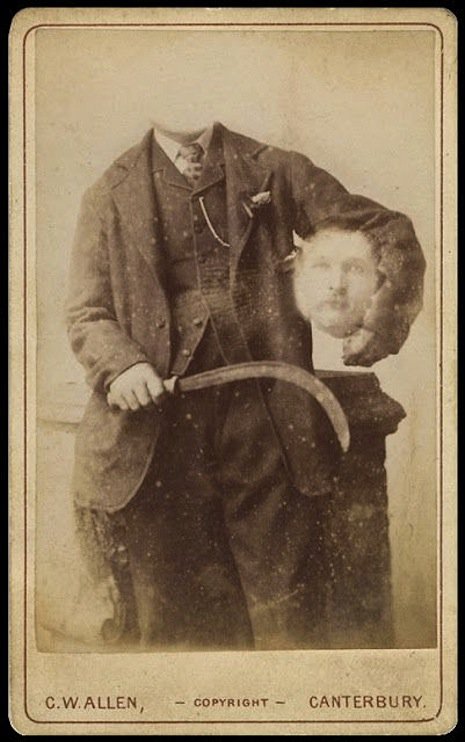
Headless portrait by Charles William Allen, circa 1880s.
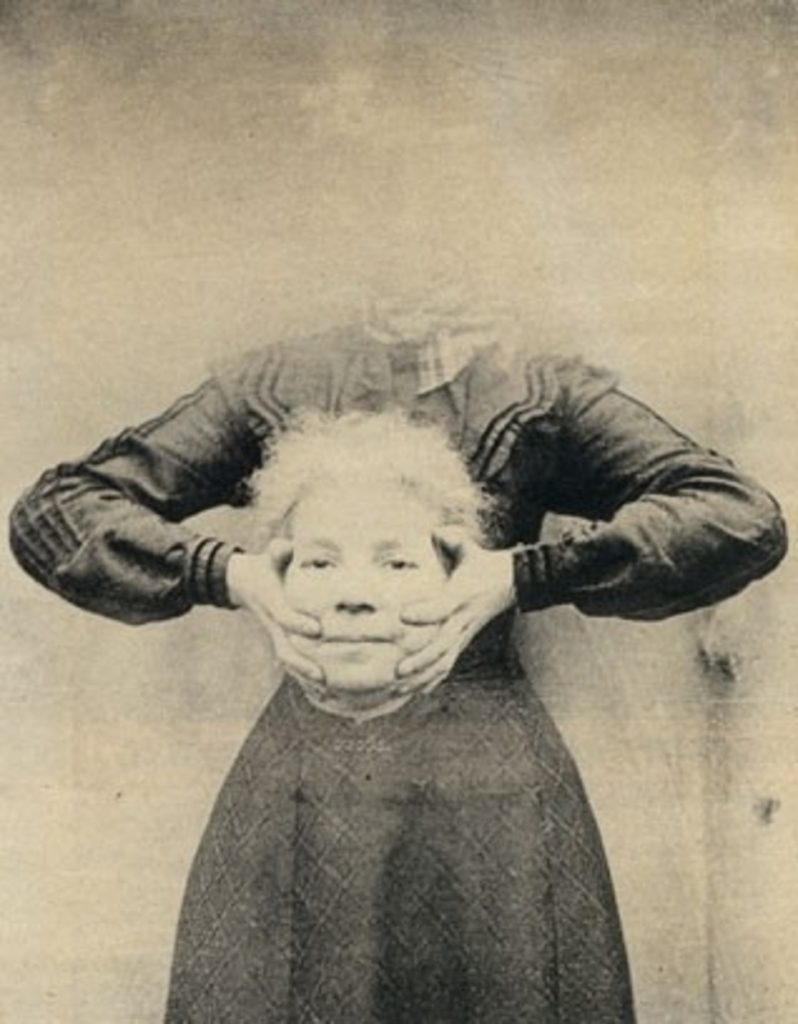
Headless portrait by Samuel Kay Balbirnie, circa 1900.
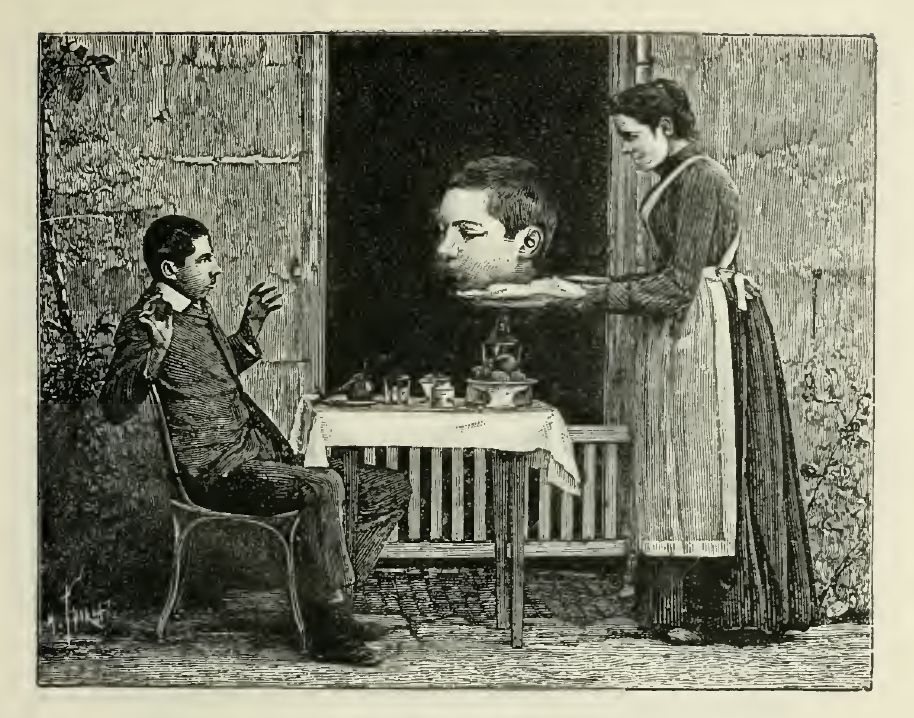
This “head on a platter” composite comes from 1897’s instructional book, “Magic; stage illusions and scientific diversions, including trick photography.” The section is entitled, “Photographing a Human Head Upon a Table.”

